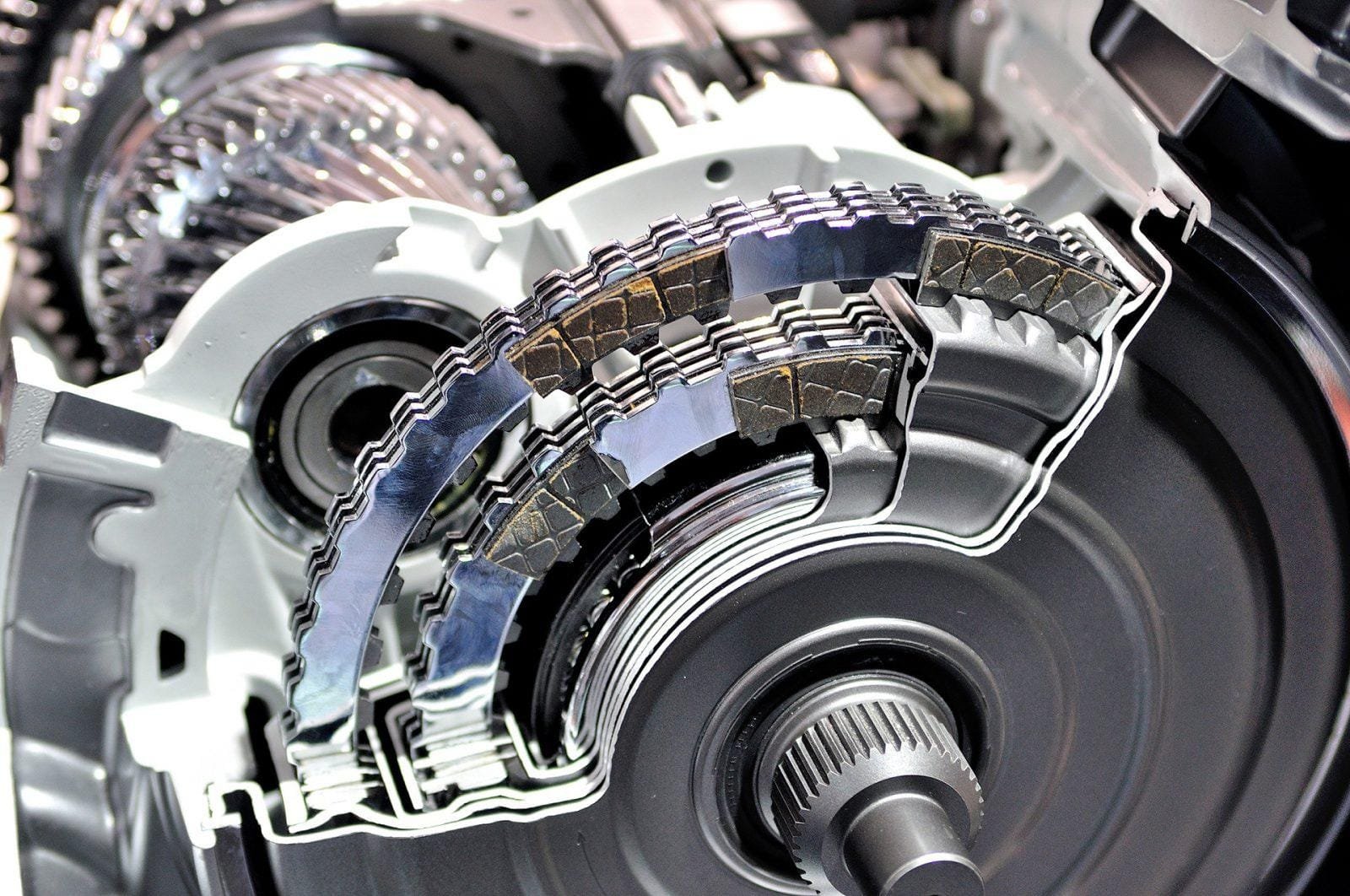Imagine you’re behind the wheel of your Toyota Corolla, cruising smoothly through city streets and open highways. The ride is seamless, and the fuel efficiency is impressive. This experience is largely thanks to Toyota’s Continuously Variable Transmission (CVT), designed to provide a smooth and efficient drive.
However, like any mechanical component, the CVT isn’t without its challenges. Over time, some drivers have reported issues that can affect performance and reliability.
In this guide, we’ll delve into the common problems associated with Toyota’s CVT systems, helping you understand what to watch for and how to maintain your vehicle’s optimal performance.
What is a CVT and How Does It Work?
A Continuously Variable Transmission (CVT) differs from traditional automatic transmissions by using a system of pulleys and a belt to provide an infinite range of gear ratios. This design allows the engine to operate at its most efficient RPM for a range of vehicle speeds, enhancing fuel economy and providing a smoother ride.
Common Issues with Toyota’s CVT
While Toyota’s CVTs are generally reliable, several issues have been reported by owners and automotive experts:
1. Delayed Acceleration
Some drivers experience a noticeable lag when accelerating from a stop. This delay can be unsettling and may be due to the CVT’s belt and pulley system not responding promptly to throttle input.
2. Overheating
CVTs can generate significant heat, especially under heavy loads or in hot climates. Overheating can lead to reduced performance and, over time, damage to the transmission components.
3. Unusual Noises
Whining, humming, or clunking noises during operation can indicate issues within the CVT. These sounds often point to problems with the belt, pulleys, or bearings.
4. Shuddering or Jerking
A smooth ride is a hallmark of CVT-equipped vehicles. If you notice shuddering or jerking during acceleration, it could signal a problem with the transmission’s internal components.
5. Transmission Slipping
Slipping occurs when the transmission fails to maintain the correct gear ratio, leading to a loss of power or unexpected changes in speed. This issue can be dangerous, especially during highway driving.
Causes Behind CVT Problems
Understanding the root causes of these issues can help in prevention and timely repairs:
- Fluid Degradation: CVTs rely on specialized transmission fluid. Over time, this fluid can degrade, leading to increased friction and wear.
- Component Wear: The belt and pulleys within the CVT are subject to wear and tear, especially if maintenance schedules aren’t followed.
- Software Issues: Modern CVTs are controlled by complex software. Glitches or outdated programming can lead to erratic behavior.
- Cooling System Failures: An ineffective cooling system can lead to overheating, exacerbating wear on transmission components.
Maintenance Tips to Prevent CVT Issues
Regular maintenance is key to extending the life of your CVT:
- Fluid Checks and Changes: Regularly check the transmission fluid level and quality. Follow Toyota’s recommended intervals for fluid replacement.
- Software Updates: Ensure your vehicle’s software is up-to-date. Dealerships can provide updates that improve transmission performance.
- Cooling System Maintenance: Keep the cooling system in good condition to prevent overheating. This includes checking coolant levels and inspecting the radiator and hoses.
- Gentle Driving Habits: Avoid aggressive acceleration and heavy towing, which can place additional strain on the CVT.
When to Seek Professional Help
If you notice any of the symptoms mentioned earlier, it’s essential to consult a qualified mechanic. Early diagnosis can prevent minor issues from becoming major repairs. Mechanics can perform diagnostic tests to pinpoint the exact cause and recommend appropriate solutions.
Toyota’s CVT technology offers numerous benefits, including improved fuel efficiency and a smoother driving experience. However, being aware of potential issues and adhering to regular maintenance can help you enjoy these benefits without interruption. Stay informed, listen to your vehicle, and don’t hesitate to seek professional advice when needed.




